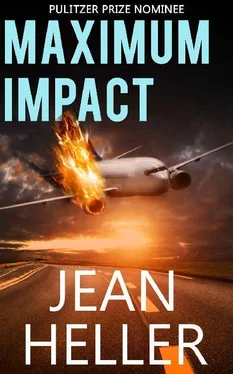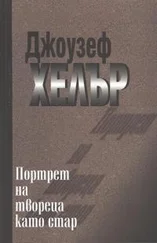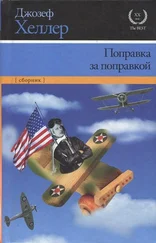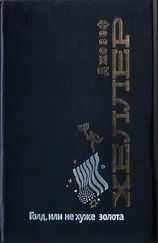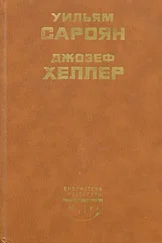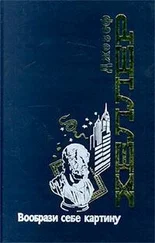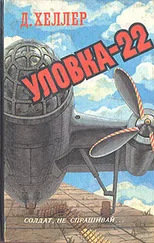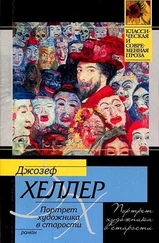“You don’t look too bad for a man come back from the dead,” he commented.
“Was that the word around?”
“The gospel, I heard.”
“I got a few lucky bounces.”
The commotion in the room pitched up a notch, and Pace saw Ken Sachs walk in followed by Vernon Lund, Jim Padgett, and Mitch Gabriel.
“They’re bringing out all the guns,” Hines noted, echoing Pace’s thought.
“They’ll need ’em,” Pace said. “Did you see the rocket out of Converse this morning?”
Hines nodded. “The sonic boom broke a couple of windows in the newsroom. You think that’s why they called this?”
“I’m sure somebody will ask.”
Ken Sachs took the podium, and the room quieted expectantly.
“Ladies and gentlemen, I’ll get right to the point,” he began. “There have been very serious allegations made in the last few days to the effect that the apparent cause of the crash of ConPac Flight 1117 on April 17th was somehow faked. As incredible as it sounds, there is evidence to suggest that the allegations are true.”
Sachs paused as an audible murmur swept across the room. Then he continued. “We planned to meet with you today to bring everyone up to speed on the nature of our renewed investigation. Now the need is doubly important. I understand the Converse Corporation has issued a statement alleging that for reasons of my past brief association with another major engine manufacturer, I have impugned the ConPac evidence. Before you ask, I am here to say the charge is absurd. Mac-Paige was a client of my consulting firm for a short period seven years ago, and on one specific project involving the sale of aviation equipment to China. Because some of the equipment was included on a list of items that could not be sold abroad to Communist countries, Mac-Paige retained my firm to attain a one-time exemption. We were partially successful. The sale was approved with the exception of one computer component which, I might add, was not essential to the completion of the deal. That was my only relationship with the company.”
Sachs paused to be certain everyone was following him, then continued.
“Since I put my interest in the consulting firm into a blind trust during my tenure at the NTSB, I am not aware of the identities of new clients taken on in my absence. In an effort to abide by the rules of the blind trust, but at the same time to fulfill what I believe is my obligation to full disclosure, I asked the solicitor general’s office this afternoon to contact one or more of the present officers of the firm to determine whether there has been, in my absence, further dealings with MacPhearson-Paige. The answer is no. I have copies of the solicitor general’s hand-delivered letter to me stating as much. I hereby issue a public challenge to Converse to produce evidence to the contrary, and until the company does so, I consider the matter closed. I am not going to step aside. And the President assures me he has no intention of asking for my resignation or firing me.”
“Mr. Sachs, can you tell us—” A reporter in the back of the room began a question, but Sachs cut him off with a wave of his hand.
“When we are concluded here, I will take a limited number of questions but not now,” he said sternly. He turned to his left. “Mitch, you want to handle this?”
Gabriel stepped up, the cluster of microphones taped, clipped, and piggybacked to the podium almost obscuring his face from Pace’s view.
“As most of you know,” Gabriel began, “it’s the policy of the National Transportation Safety Board in cases of serious aviation accidents to withhold from the public for at least sixty days the transcripts of dialogue on the thirty-minute tape loop in the cockpit voice recorder. There are good reasons for this practice, none of which we need to reiterate now. Today we’re taking the extraordinary step of releasing the transcript early—” again a murmur ran through the room “—because the reaction of the ConPac crew as the Number Three engine began to break up was one of the strongest pieces of evidence we had to support the notion of a bird strike, and we want you to hear—”
“You trying to justify your mistake, Mitch?” The voice came from behind Pace. He recognized it as a television network reporter’s.
Gabriel nodded his head reluctantly. “I guess you could say that, Pete. The bird-strike theory was a mistake, an incredible, unbelievable mistake, created by an equally incredible and unbelievable conspiracy to mislead us. Unintentionally, the crew of Flight 1117 compounded the error, and we’re here today to give you all an opportunity to hear how it happened.”
“Were there shortcomings in the investigatory procedures, Mitch?” Jeff Hines asked.
Gabriel turned to Sachs with a look that asked the chairman if he wanted to handle it. Sachs stepped back to the cluster of microphones.
Sachs didn’t pull his punches although the wounds were self-inflicted. “That’s something we’re looking at very hard, Mr. Hines. The idea that someone would—or could—divert an investigation of this nature by planting phony evidence never occurred to us. And that’s one of the reasons it almost worked.”
“And now you believe it?” Jeff Hines doggedly slipped in one last question. Gabriel started to intervene, but before he could, Sachs gave Hines a stunning one-word answer:
“Yes.”
* * *
Clerks from the public-information office came into the room carrying huge stacks of stapled transcripts. They walked to the center aisle, one by the first row on the right, the other by the first row on the left. Each counted the number of people in the row, counted off an identical number of transcripts and handed a small pile to the nearest reporter, who took one and passed the rest along.
Gabriel watched until the process was half-finished. “Ladies and gentlemen,” he said, “you know what this is about, and I suggest we get on with it without further delay. Each of you has or soon will have a copy of the transcript of the last minutes of ConPac Flight 1117, scheduled for a nonstop flight from Dulles to LAX on Thursday, April 17th. The cockpit voice recorder contains a thirty-minute tape loop, so at any given instant, the last thirty minutes of what happened on the flight deck can be recreated. Most of the tape from the Sexton is taken up with ground-to-ground communications—the cockpit crew talking to ground controllers, copying clearances, and so on. We had a sterile cockpit. The CVR picked up no extraneous conversation. The preflight checklist was followed in every detail. In short, in the light of what we know today, there is nothing about what you will hear that points to a deficiency by the crew. I have a copy of the actual voice tape here—”
He nodded toward a tape player set up on a low table to his right. It was wired to two speakers at the back of the podium.
“—and those of you who want actualities are hooked in, I understand. We’ll begin.”
The room was deathly quiet. Each journalist had a pen in hand, ready to make margin notes, but even their collective breathing was inaudible. There was the feeling they had gathered to witness an execution.
Gabriel switched on the player, and the room was filled with the voices of men who did not know they were about to die.
The early portion of the tape was routine. The crew got takeoff clearance, and the big ship began to roll. First Officer Jeremy Dodds called off the Sexton’s rising ground speed as it raced down Runway 19R toward the velocity that would permit the transition—the rotation—from earthbound bus to flying machine.
“One hundred knots.” Dodds’ voice was flat, unemotional. “One-ten… one-twenty… one-forty…”
Suddenly the mood changed from the monotony of routine takeoff to uncertainty and apprehension. Pace followed the transcript:
Читать дальше
